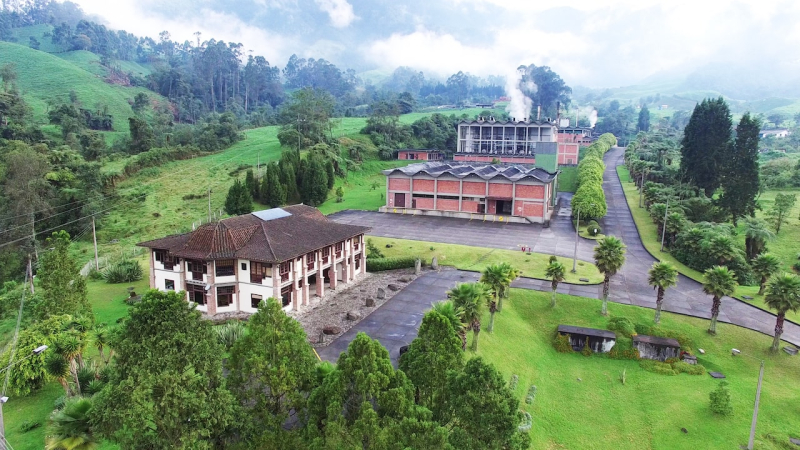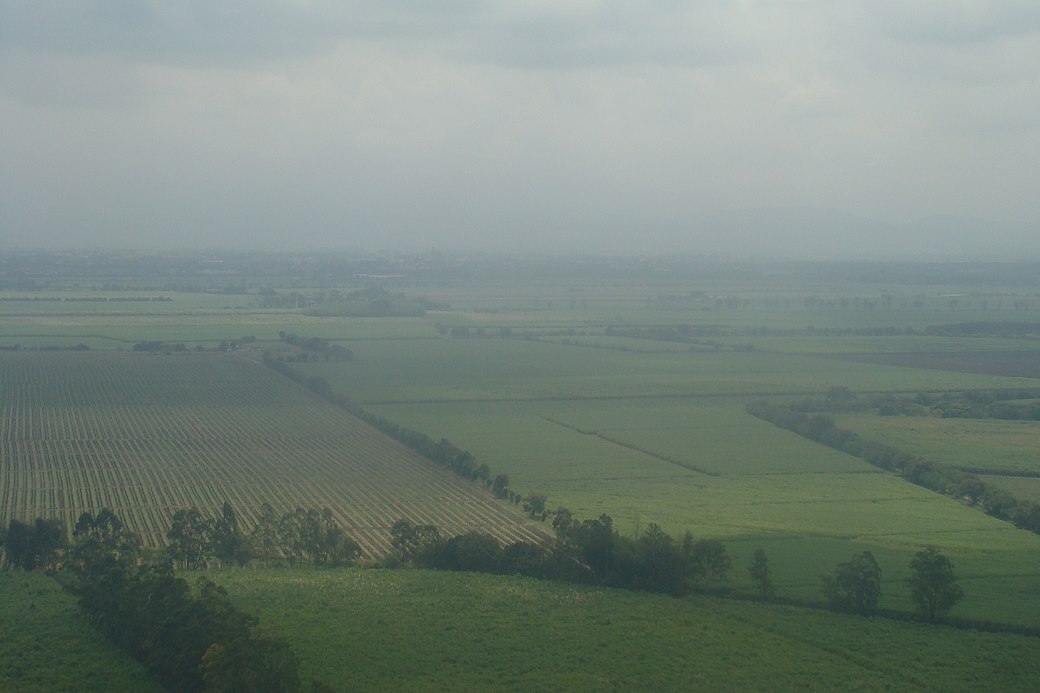Decaf Before Death
At Street Bean, we feel it is our responsibility to source the best coffees that we can, in the most ethical and responsible manner possible. In order to maintain the holistic operation of our roastery and shops, our coffees should do as much good at origin as we are doing with our apprentices here in Seattle.
This doesn't stop at just sourcing great coffees. We source coffees that provide farmers with higher-than-average prices for their produce, from farms that go the extra step to ensure environmentally-conscious and sustainable practices.
We are also strong opponents to the "Death Before Decaf" creed. Everyone deserves to drink good coffee, including those who prefer decaf. We drink both decaf and regular, and revel in a decaf that tastes equal to its counterpart.
So, how does this process work?
EA Decaf, Sugar Cane Decaf, Natural Process Decaf, and Ethyl Acetate all refer to the same process.
Farmers typically send for decaffeination the portions of their lots that didn't sell, or may have been grown specifically for that purpose. In this case, our partners at Shared Source chose to decaffeinate a selection of coffees from a handful of farms, in order to be able to purchase more coffee from those producers.
The process of creating ethyl acetate is quite common, and rather simple. First, sugars from sugar cane are fermented to create ethyl alcohol. Second, the ethyl alcohol is mixed with acetic acid. The result is ethyl acetate – a compound that is found in fruits and vegetables, and is the most common ester found in beer and wine, and is typically responsible for the preservation of the fruity aromatics.
The farmers' portion of green coffee sent for decaf arrives at this facility, and is prepared for decaffeination. To do so, the coffee is steamed in order to remove their skins. The coffee is then moistened with hot water to expand and soften the seed, beginning the hydrolysis of the caffeine, which bonds to the salts of chlorogenic acid.
Next, the ethyl acetate is circulated through the coffee multiple times, until at least 97% of the caffeine is removed. A low-pressure steam is then applied in order to remove the ethyl acetate.
Lastly, the coffee is vacuum-dried until the moisture content of the coffee is brought back to the moisture level at which it was when it arrived at the EA processing facility – typically between 10 and 12 percent.
Okay, fine, but why should I care?
This is our favorite method of decaffeination, and may be better than other decaffeination methods currently in use. Here, we will outline why.
Economic & Environmental Sustainability
- The EA processing facility, Descafecol, is in nearby Manizales in the Caldas Department, north of Huila. Being closer than other decaffeination facilities makes for less transportation required. This saves on fossil fuels, decreases the time before it is ready to be sent to its destination for sale to roasters, and strengthens relations between farmers, decaf processors, and importers. This is a stark contrast to methods such as Swiss Water Process where the facility resides in Canada and requires much more fossil fuels to produce.
- Due to the relative availability of sugar cane in Colombia, where it grows in the wild and on many farms, there is even less need to import required ingredients. In many cases, coffee farmers also produce sugar cane. Descafecol gets their sugar cane from farms in the town of Palmira in the Valle del Cauca Department, west of the Huila Department.
- While water is part of the process all throughout, the EA process actually uses less water than most other methods of decaffeination, such as Swiss Water and Mountain Water processes.
Least intrusive & preserves flavor
- Ethyl Acetate is a naturally-occurring compound and is found in many beverages. Note: There is no EA present in the final coffee product.
- The EA process preserves much more of the coffee's flavor than other methods. In the case of our Amigos del Huila, we cupped several Colombian and Guatemalan coffees simultaneously – both decaf and caffeinated. We had to triple-check that this coffee we had labeled as decaf was actually such, as it presented none of the characteristics typically associated with decaf coffees, such as: papery, lackluster, mild. Instead, what we experienced, was a full spring bouquet of freshly-plucked wildflowers, and fresh fruit salad.
In the future, we we may source other decaf offerings, but we will always seek out EA process coffees first and foremost.
We hope you thoroughly enjoy this coffee, as much as we do!
Check out our EA decaf offering here.
 Manizales, Caldas
Manizales, Caldas
The Descafecol facility sits at the base of Navado el Ruis, the volcano from which the water used in the EA process comes from.

References
[1] Compound Summary - Ethyl Acetate
[2] Wikipedia - Ethyl Acetate
[3] Descafecol Ethyl Acetate Decafe from Cauca, Colombia
[4] Descafecol
